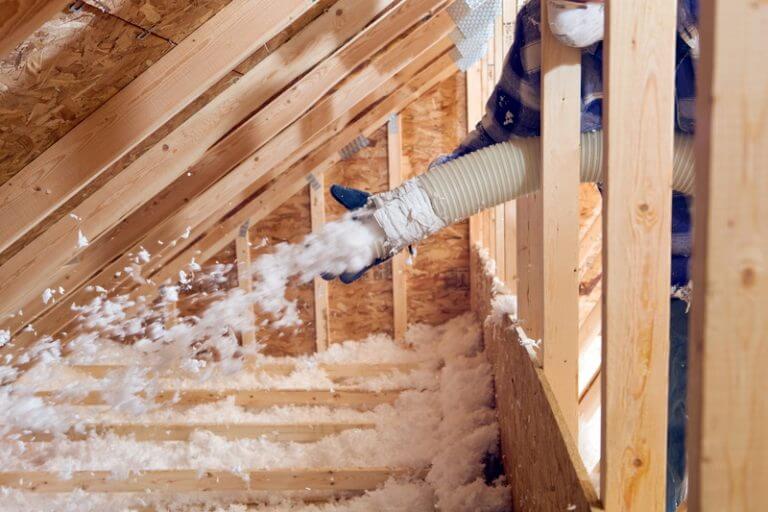Point 9
Insulation Quality: Your Thermal Security Blanket
The Underestimated Key to a Comfortable and Energy-Efficient Home
You might not see it, but you’ll certainly feel it—or rather, you’ll feel its absence. We’re talking about insulation, the often-overlooked aspect of home comfort and efficiency. While your HVAC system might get the limelight, your insulation works in the background, keeping that conditioned air where it belongs: inside your home. Checking the quality of your insulation is vital for ensuring that you’re not just throwing money out of poorly sealed windows or through thin walls. After all, insulation that’s not up to current energy efficiency standards can add hundreds of dollars to your annual energy bill.
The Importance of Thermal Resistance
One of the critical aspects of insulation quality is its thermal resistance, often denoted as R-value. The higher the R-value, the better the material insulates against heat transfer. During an insulation quality assessment, professionals will check the R-value of your home’s insulation and compare it to the recommended standards for your geographic area.
The Types and Locations
Insulation can be of various types—fiberglass, cellulose, foam—and is installed in multiple locations within a home, including the attic, walls, and floors. Each type and location may have different requirements for optimal performance. A thorough inspection will assess the needs based on these variables and offer solutions that provide the best energy-saving results.
The Invisible Losses
Poor insulation quality can result in what professionals term as “invisible losses,” where heat or conditioned air escapes from the home, requiring your HVAC system to work harder. In turn, this puts more stress on the system and leads to higher energy consumption. Understanding and rectifying these issues can result in significant long-term savings.
Compliance and Codes
Building codes are continually being updated to reflect advancements in energy-efficient materials and practices. An insulation quality check will also include verifying that your home’s insulation is compliant with current local, state, or federal codes. This is not just about meeting legal requirements; it’s about ensuring your home is as energy-efficient as possible.
Health and Environmental Impact
Better insulation quality is not just good for your pocket; it’s good for the planet. Reduced energy consumption means fewer greenhouse gas emissions. Additionally, some modern insulation materials are made from recycled or sustainable sources, offering a double win for environmental consciousness.
Conclusion
The quality of your insulation is a crucial but often overlooked aspect of home comfort and energy efficiency. An in-depth assessment is the best way to uncover any shortcomings and potential areas for improvement. Upgrading your insulation can bring immediate benefits in comfort and longer-term rewards in the form of lower energy bills and a smaller carbon footprint.



